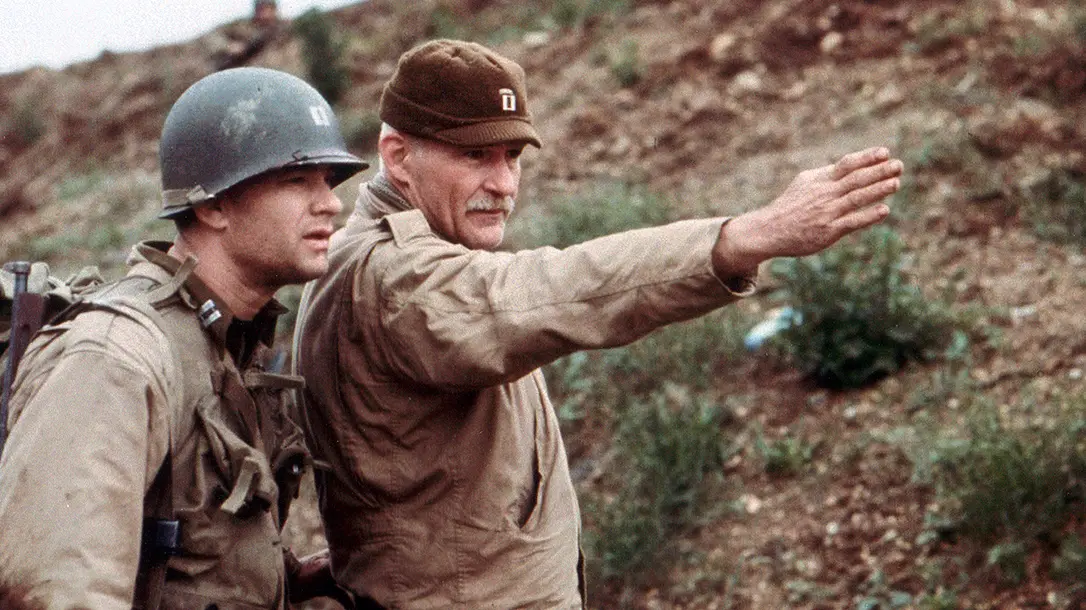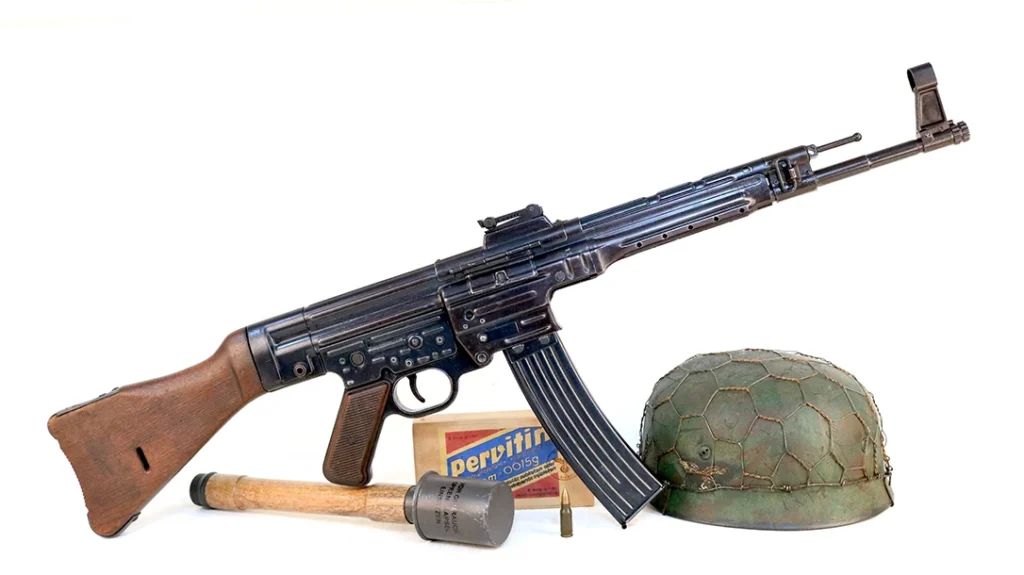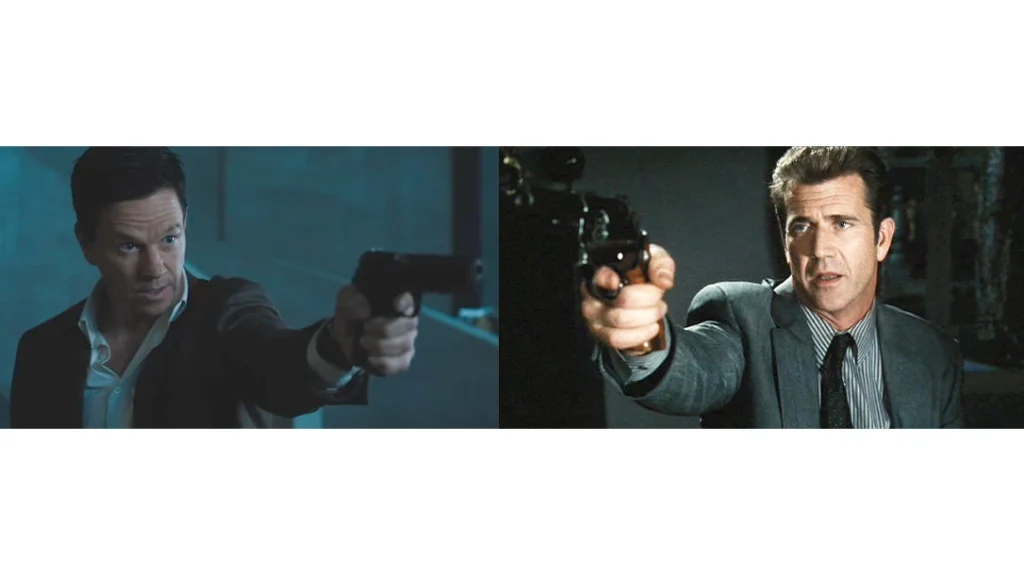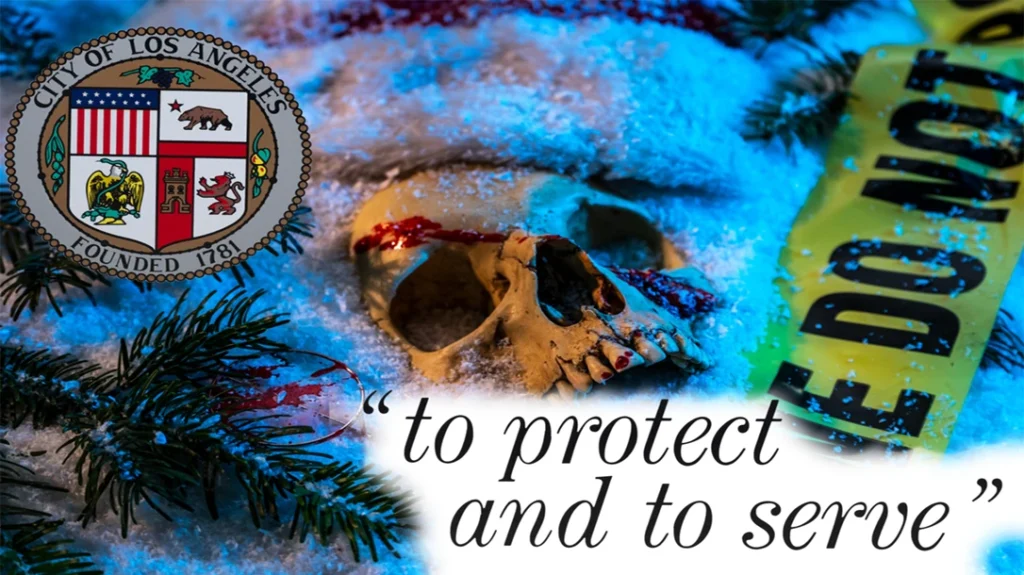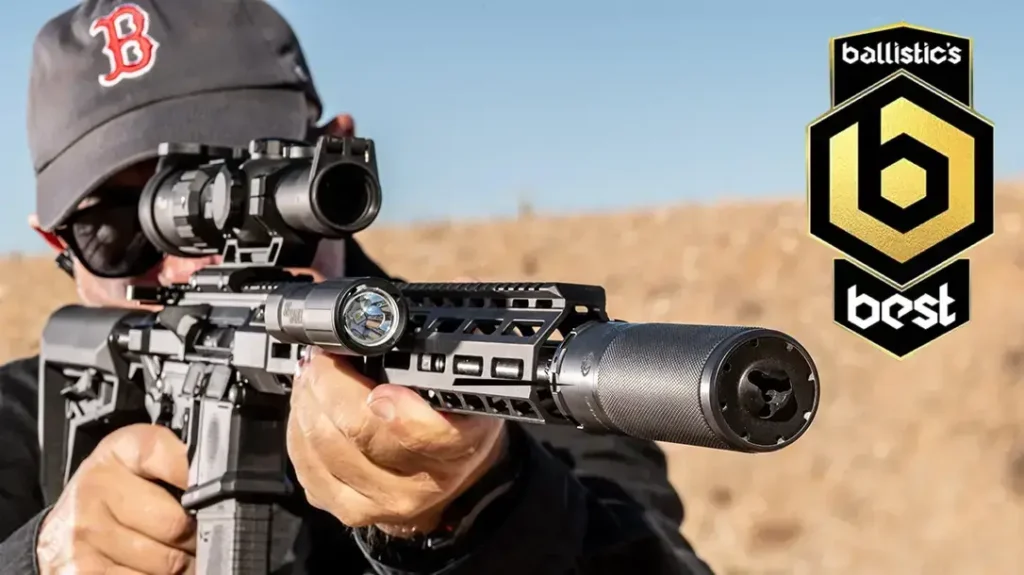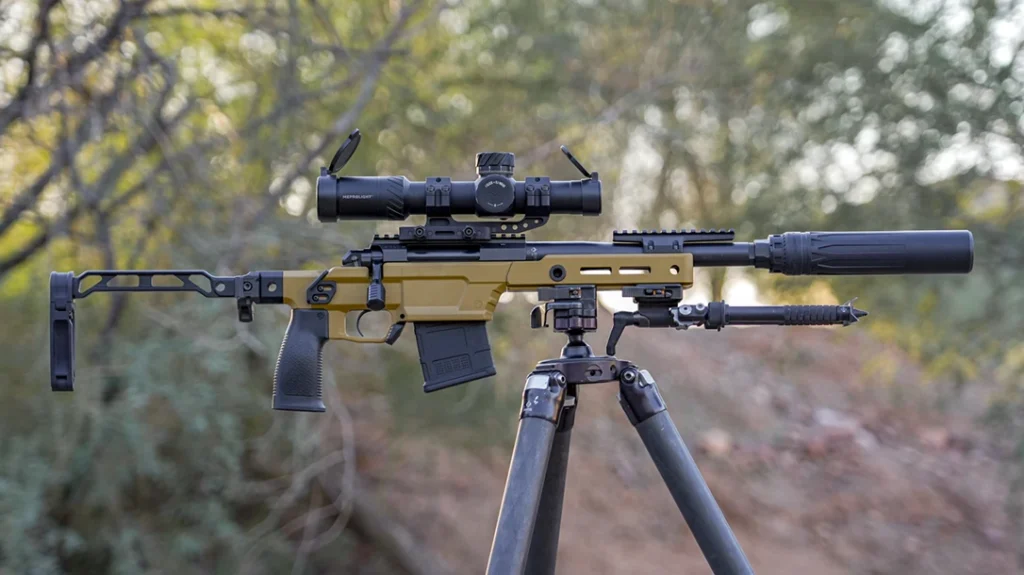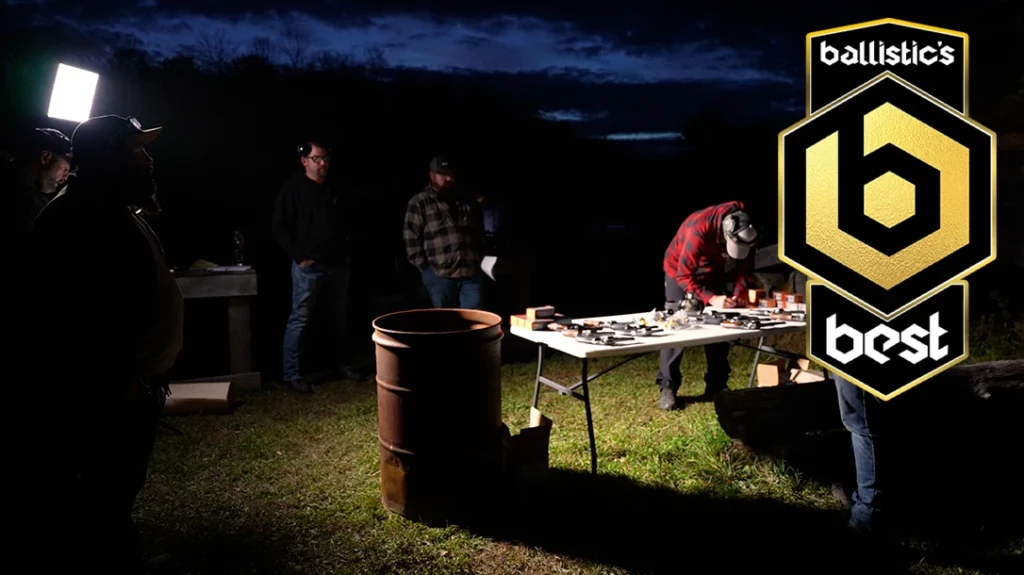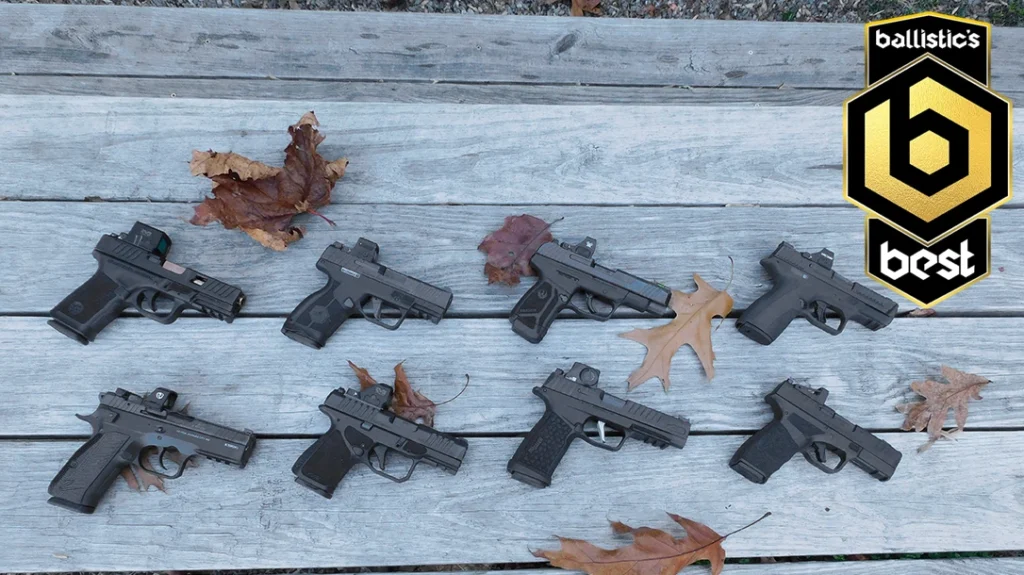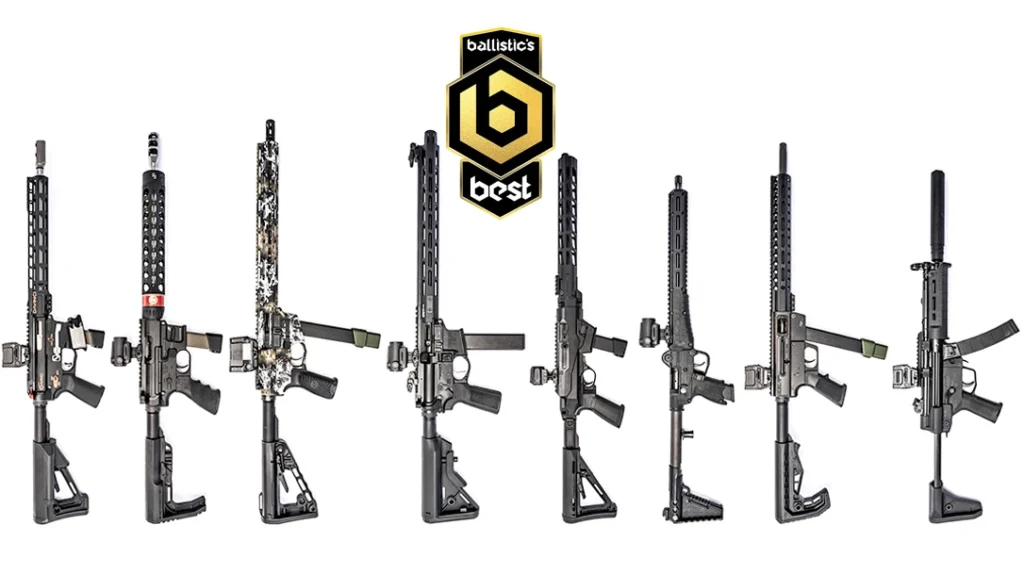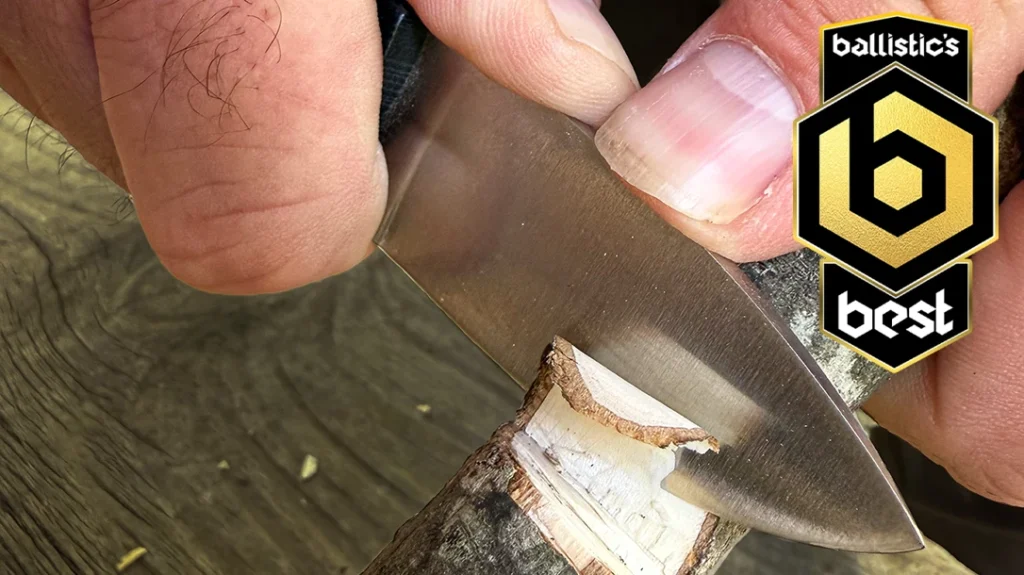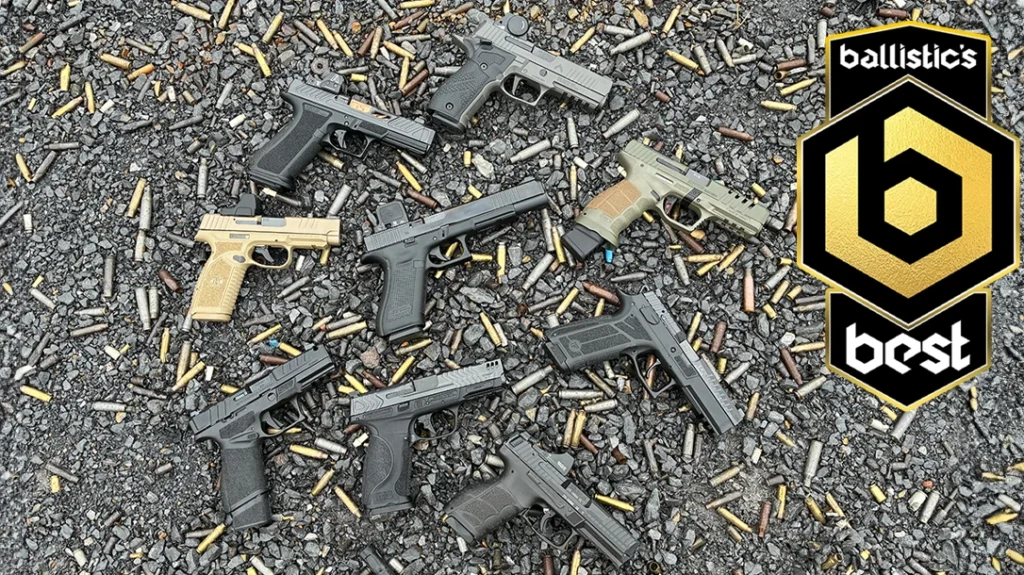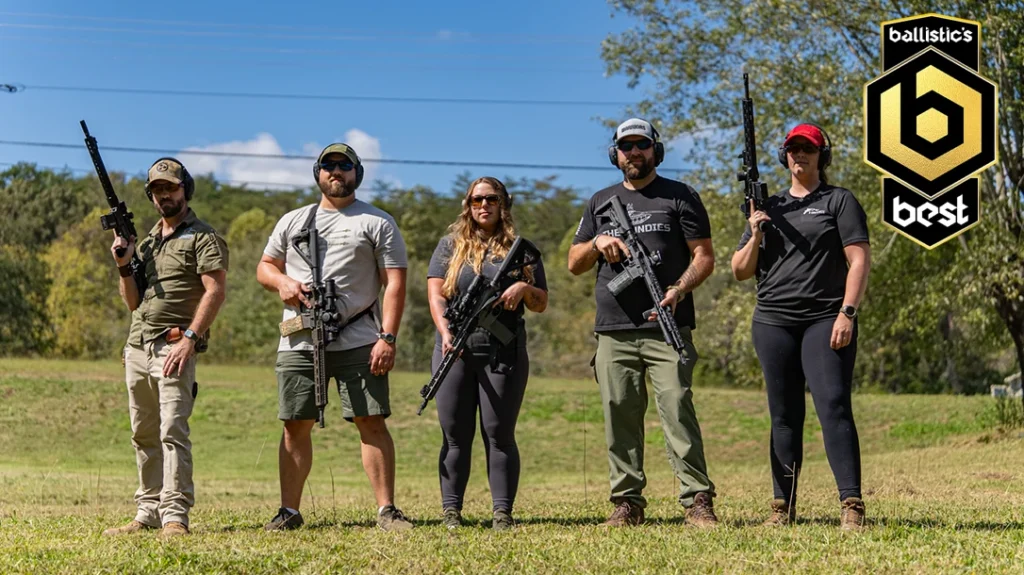The 1970 film “Patton” about the firebrand general won numerous awards, including an Oscar for Best Picture and a Directors Guild of America Award for Outstanding Directorial Achievement in Motion Pictures. It later gained inclusion into the National Film Preservation Board’s National Film Registry. There is no denying that George C. Scott did an excellent job portraying George S. Patton – and yet, by today’s standards of realism and accuracy, Patton isn’t very good.
The military hardware, notably the tanks – which almost ironically include M48 “Patton” tanks standing in for German Panzer III and Panzer IVs – and the small arms are about as accurate as a Sgt. Rock comic book from the same era. This resonated with Capt. Dale Dye, USMC (Retired), founder and CEO of Warrior Global.
“That absolutely wouldn’t fly today,” Dye explained. “You can’t just paint a swastika on a tank and call it good enough anymore.”
Advertisement — Continue Reading Below
Military Career – A Mustang
At age 80, Dye has had a full career – actually several. In addition to being a decorated combat veteran, he has become the most recognized military consultant in Hollywood, an accomplished author, and even at times a successful actor with nearly 90 credited roles.
His personal story began from the war stories he heard from World War II veterans in his youth, which led to his interest in joining the United States Marine Corps. During an era when parents threatened to send their sons to “military school” as punishment, Dye convinced his father the military was for him. Upon graduating from the Missouri Military Academy, Dye applied the United States Naval Academy, hoping to become an officer and a gentleman.
After failing the entrance exam, he instead enlisted in the U.S. Marines, yet, his solid observational skills and literary interests allowed him to serve as a combat correspondent in Vietnam. But Dye saw the front line, ultimately wounded during the Tet Offensive in 1968. Dye went on to serve three tours of duty during the war. He rose to the rank of Master Sergeant before earning an appointment to warrant officer, later earning a commission to captain.
Advertisement — Continue Reading Below
Dye is one of the Corps’ noteworthy “Mustangs” – an enlisted man who became a commissioned officer.
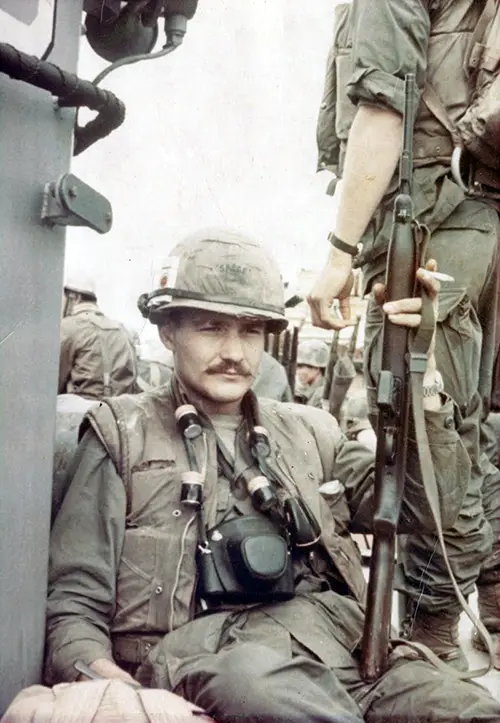

Advertisement — Continue Reading Below
Hollywood’s Go-To Military Consultant
After retiring from the United States Marine Corps, Dye worked for Soldier of Fortune magazine – discovering his first “second career,” and while in Central America on assignment, he provided guerrilla warfare training to troops in El Salvador and Nicaragua. That could have been the end of his career – at least as far as all-things military go.
But Dye became bothered by what he called the “slip-shot attitude on the part of filmmakers.” The film industry placed a great detail of attention on locations, but military equipment remained lacking. Also lacking: the actors’ performances as soldiers.
War movies from the 1960s like “Kelly’s Heroes” and “The Dirty Dozen” serve to suggest only middle-aged guys with bad attitudes and no respect for the military fought World War II. The equipment was often “on loan” from modern arsenals and wasn’t correct to the period. A few movies still stand out, like 1978’s “A Bridge Too Far.” But even into the early 1980s, producers failed to focus on military realism as it pertains to the film-making process.
Advertisement — Continue Reading Below
Fix Bayonets!
“There was a perception that no one knew or cared,” Dye explained. “But I cared, and the veterans I hung around with also cared. At some point I asked myself ‘Why don’t they know better,’ and I decided to take the Marine Corps approach. I fixed bayonets and said ‘I’ll unfuck this.'”
Dye laughing added, “When you are ignorant of how things like Hollywood work, you can do things that they say you can’t do.”
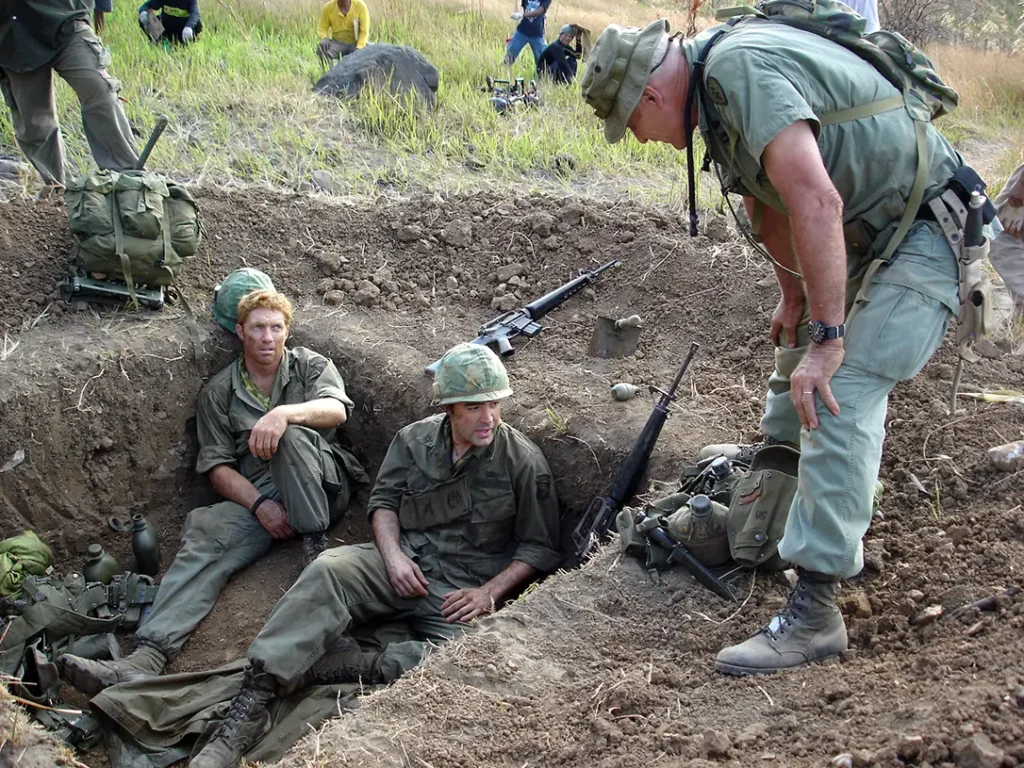
Advertisement — Continue Reading Below
But he admitted he soon learned changing Hollywood wasn’t going to be easy. Still, he managed to convince his wife to move out to Los Angeles looking for that one big break, and after a year, he realized there was a serious problem and trying to use the Marine Corps approach wasn’t working.
“No one in Hollywood really believed that the public knew better or even cared,” said Dye.
In other words, military history know-it-alls may have noticed the Patton tanks in “Patton.” The rest of the world didn’t know, and honestly didn’t care. The public pays more attention today – and really, we can thank Dye for that.
Advertisement — Continue Reading Below
Enter “Platoon”
“At that point I was ready to give up, figuring I could go be a cop someplace or at worst a barfly at a VFW Post, but I also learned to read the trade papers like Variety, looking for opportunities, and I noticed a small mention about an upcoming film. Oliver Stone was already making a name for himself, and he wanted to do a realistic war film, based on his experiences in Vietnam.”
Through a mutual colleague, Dye was able to reach out to the film’s producer and arrange a meeting with Stone while the director was cutting “Salvador.”
“The guy wasn’t anxious to get us together, but I got my meeting with Stone. I gave him my pitch that actors can’t be expected to act like a soldier in Vietnam without some training,” said Dye. “The meeting was short, and I walked thinking I’d blown it.”
Advertisement — Continue Reading Below
Becoming a barfly was looking likely – but the next day Stone called back.
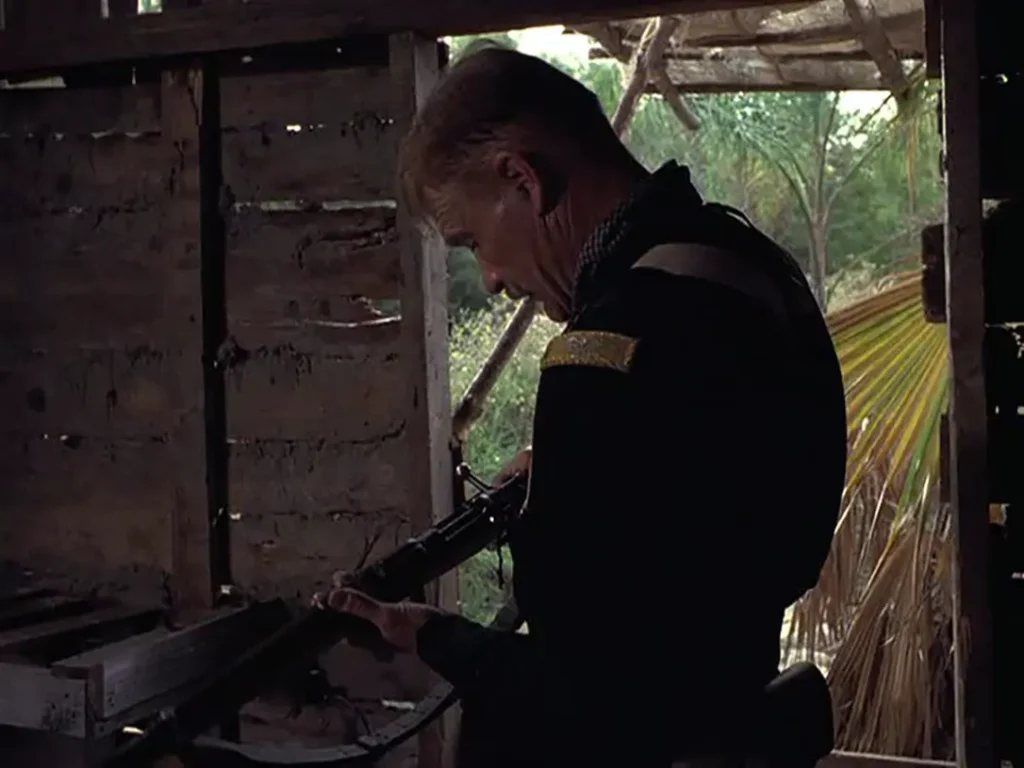
Return to “Vietnam”
That led to a longer meeting, and within a few months, Dye was “training” a few dozen actors in the Philippines. Those actors – who included Charlie Sheen, Willem Dafoe, Johnny Depp, and Forest Whitaker – were made to live like soldiers in the field. That included rationed food, limited time to sleep, and intense physical training. They were taught to understand what life was like for a combat infantryman.
Advertisement — Continue Reading Below
“That movie went on to win multiple awards, including an Oscar for Best Picture,” said Dye.
The picture of course was “Platoon,” and suddenly Dye became Hollywood’s go-to guy, and his Warriors, Inc., expanded quickly, hiring other veterans who had served in Vietnam.
The Dye Method
It wasn’t a case of “do or die,” but rather simply the “Dye Method” that he created. And it proved a good time for him to make his mark. Hollywood often sees similar movies come out in waves, and Dye was able to ride, where he built up the business.
Yet, he also learned that after bursts of four or five films, there could be years without anything of substance to sustain the company. To that end, Warriors, Inc., expanded into other markets. That included the Warriors Publishing Group.
“I had already written four or five books by that point,” said Dye. “Just as I didn’t like the way Hollywood made movies, I was disgusted by the way book deals worked.”
Along the way, Dye also became more than just the on-set consultant. Just as Hollywood found that Gunnery Sgt. R. Lee Ermey was suited to playing a particular role, the same held true for Dye. He was cast in numerous films as the graying but wise officer.
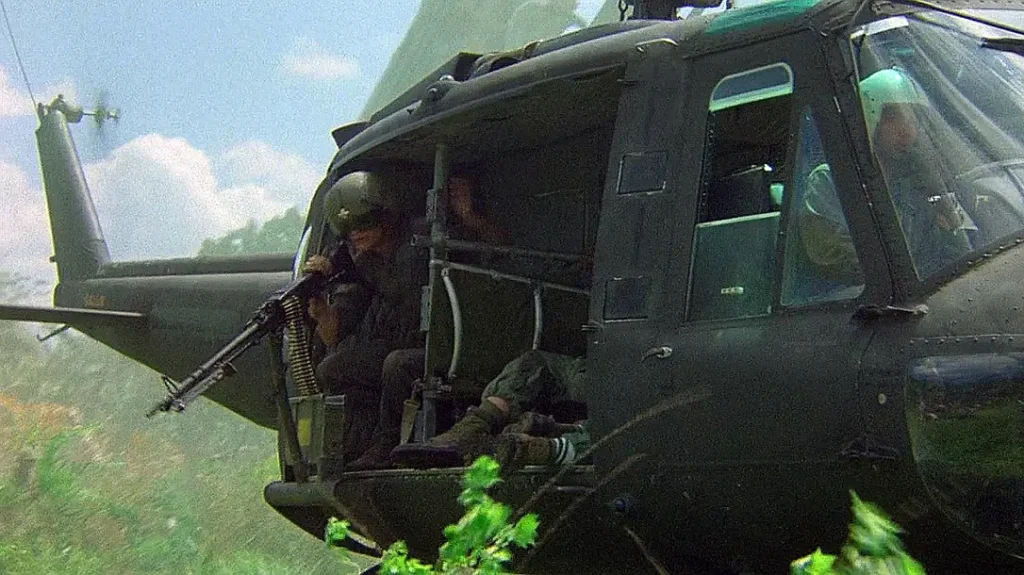
Command Presence
“I didn’t plan on being an actor,” Dye added. “I never had any training, but Stone wanted me to play the company command. Dye continued: “I gave it a shot, and the critics liked it.”
Dye credits his acting chops to being a good leader first and foremost.
“A good leader is inherently an actor, as the leader needs to be the epitome of ‘soldierly virtue’ at all times,” Dye acknowledged. “If I could do it for a decade-long career in the USMC, I knew I could adopt a persona to fill a filmmaker’s expectations. That is acting.”
What Dye didn’t do was head to acting school, and instead, he took the advice from two directors who told him, “If you take acting lessons we’ll never hire you again. You’ll lose the magic that makes you, you.”
OK Boomer, What About Video Games?
Captain Dye’s uniform has a chest full of awards that include a Bronze Star Medal w/Combat “V,” two Purple Hearts, a Navy Presidential Unit Citation, and a Humanitarian Service Medal. Though he wasn’t awarded the Medal of Honor, he still played a significant role in the video game series of the same name.
“You can thank Steven Spielberg for that one, as he’s a hardcore gamer,” said Dye.
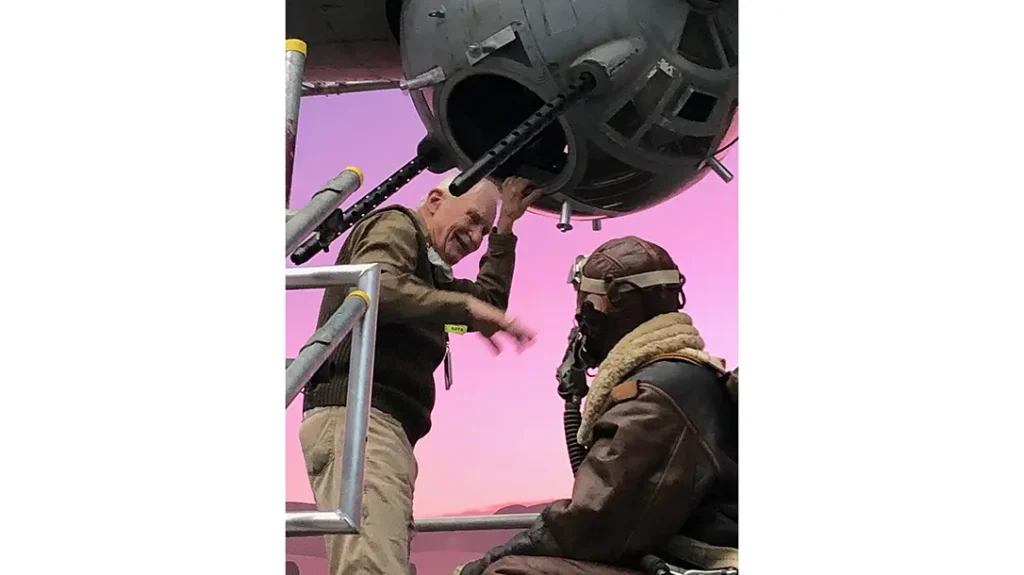
It was during the filming of “Saving Private Ryan” that Spielberg expressed interest in making a video game set in the Second World War. Dye responded that he knew nothing about that industry, but listened to the pitch, and quickly understood that game makers needed the same insight that had been lacking in Hollywood.
Dreamworks Interactive eventually released the original Medal of Honor –published by Electronic Arts – for the Sony PlayStation. That game launched a franchise that was soon copied, and it is fair to say that had it not been for Spielberg’s and Dye’s efforts to deliver a realistic first-person shooter game that featured a member of the Greatest Generation as the playable characters; we likely wouldn’t have such series as Call of Duty and Battlefield.
Dye took the same approach to training the game developers that he had used with actors in films like “Platoon” and “Saving Private Ryan.”
“I talked to the game designers about elements of combat at night, in the rain and mud. Some they were able to adopt, but the bar kept going up, and the games got better.”
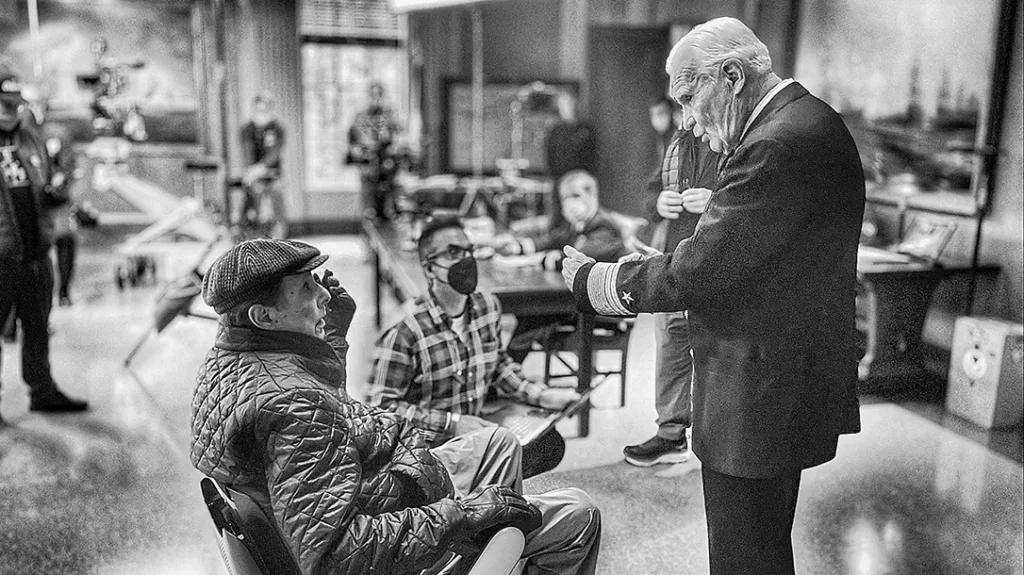
Dye at 80
Dale Dye and his wife have long since left Hollywood, with the company now based in Texas these days and rebranded Warrior Global. But that’s just to escape California he admitted. That doesn’t mean he’s entirely out of the Hollywood game, far from it in fact.
“I’m still out there, I still run and lift weights to stay in shape,” Dye said but added. “When it comes to work, if it doesn’t hit with me I’ll pass. I’m just pickier about what I choose.”
While he’s mostly worked on military-themed films, they’ve run the gambit from “Alexander” to “The Rough Riders” to “Starship Troopers.” It isn’t just about teaching firearms handling, but showing the actors how to walk, talk and behave like military personnel.
“These are all essentially costume dramas, just with a bit of action,” Dye said. “I really love them because today the people who work on them tend to do their research. That makes my job easier. As for what I’d like to see; I think the Korean War has been underserved, and I’m ready to do a Korean War movie.”
Hollywood, are you listening?
